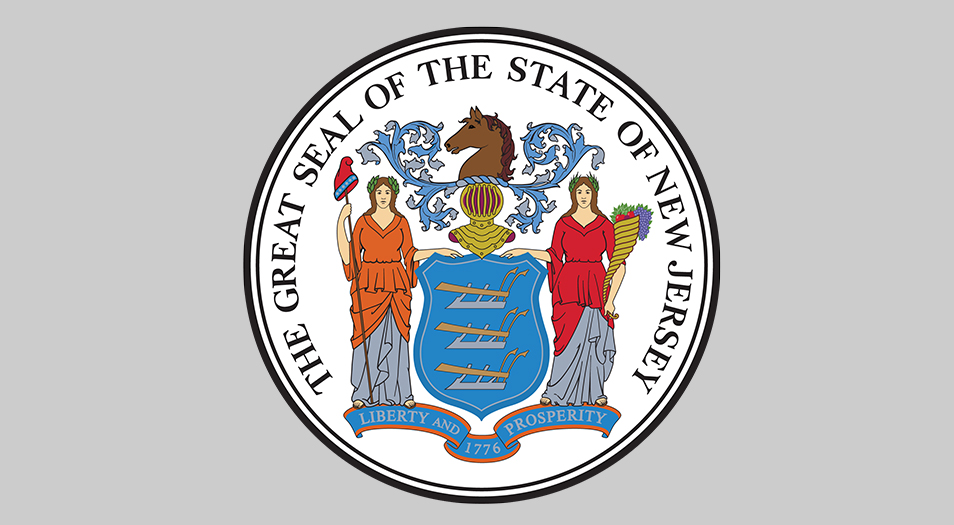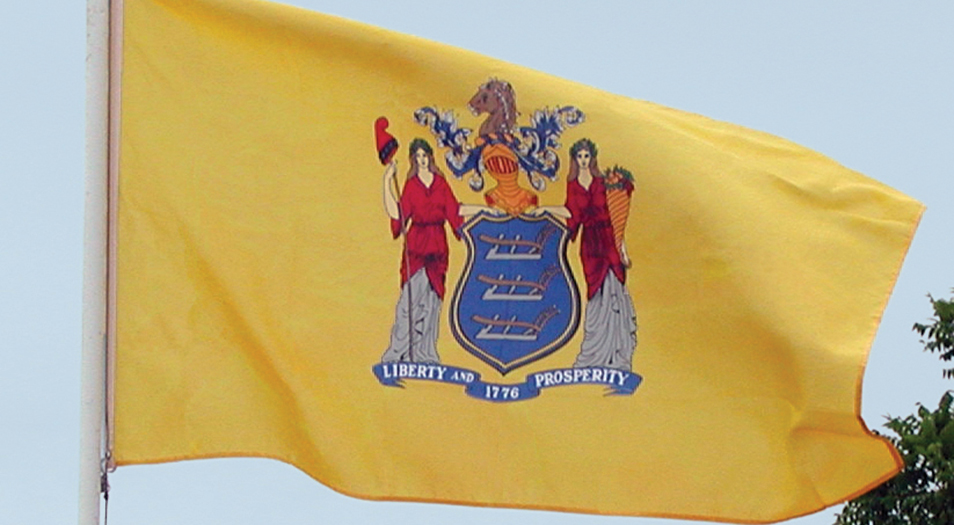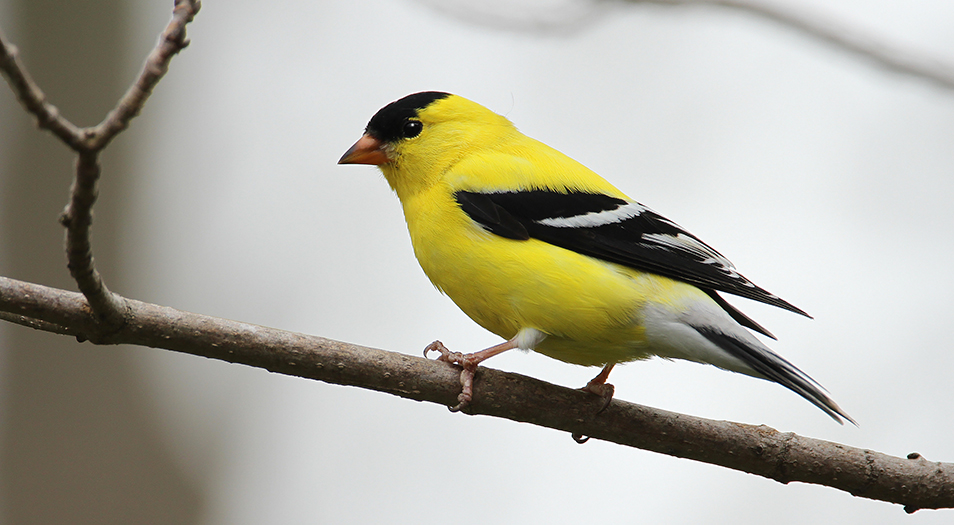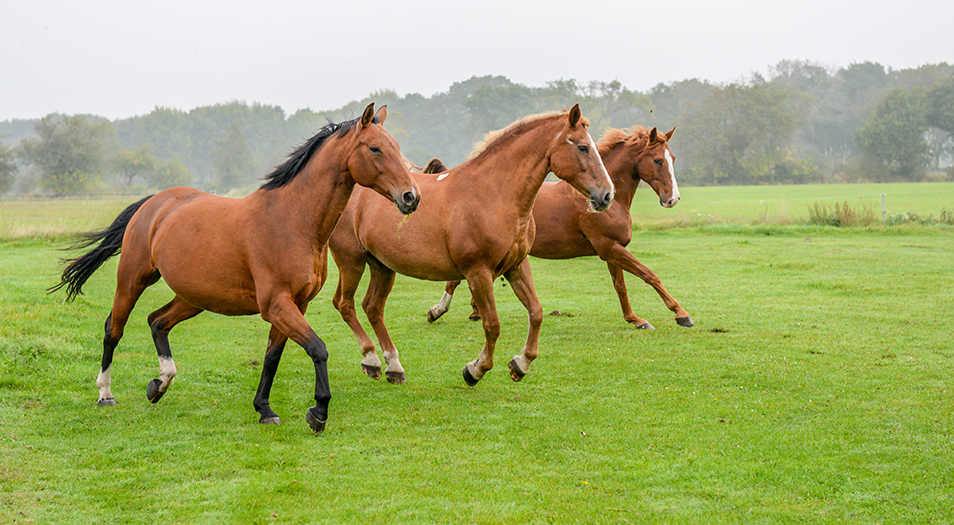How to Draw New Jersey State Tree

Pierre Eugene du Simitiere created New Jersey's State Seal in 1777. It contains five symbols, each of which represents something about New Jersey.
More Details

The New Jersey State Flag was adopted in 1896. Its official color is buff, which is a yellowish-tan color. The colors of the state flag, buff and dark blue (Jersey blue), were the colors George Washington chose for the flag of New Jersey's army regiments during the Revolutionary War. The state seal is featured on the flag.

Violets can be found in New Jersey fields, lawns, and meadows -- anywhere that they can find warm spring sunshine.

The eastern goldfinch has bright yellow feathers and a black head and wings. Eastern goldfinches love to eat sunflower seeds.

The red oak is a hardwood tree that has pointy-lobed leaves with prickly tips. In autumn its leaves turn a beautiful, bright red. It produces many acorns.

The honeybee makes honey for sweetening our meals and beeswax to smooth things out. Honeybees also pollinate our flowers, including our state flower, the violet. The honey bee became the state bug when the Legislature enacted the bill, A-671, and Gov. Brendan T. Byrne signed it on June 20, 1974. They were encouraged by a group of children from the Sunnybrae School in Hamilton Township. The children went to the State House with a presentation that included a song and a poem.

Michael McCarthy and his fifth grade class at Our Lady of Victories School in Harrington Park and James Sweetman, an eighth grader from Freehold, helped make the horse New Jersey's state animal in 1977. The horse is included on the state seal. Horses were very important to farming. Today, people continue to raise horses in New Jersey. Racehorses are also very popular in New Jersey.

The brook trout is native to New Jersey. If you find a brook trout, you know the water is good quality because brook trout can't survive in polluted water.

The knobbed whelk shell is commonly known as the conch shell. Found along NJ beaches and bays, the knobbed whelk is the name of the large marine snail that lives in the shell. Also known by its Italian name, scungilli, the snail is harvested from its spiral shell and canned for food. The shell is yellowish gray in color.

The A.J. Meerwald is a Delaware Bay Oyster Schooner. It was originally built to meet the needs of New Jersey's oyster fishing industry. The ship was built in 1928 in Dorchester, New Jersey.
Learn more about the A.J. Meerwald

The blueberry, which was first cultivated in Whitesbog, became the official state fruit in 2004. In 2003, fourth graders at Veteran's Memorial Elementary School in Brick campaigned to make the blueberry the official state fruit. The students had their idea introduced as legislation and conducted a lobbying campaign to see its passage, including media interviews, a letter and petition drive, presentations to local governing bodies, and a trip to the state's blueberry festival in Whitesbog. In addition, the classes traveled to Trenton to make presentations before Senate and Assembly Committees. Elizabeth Coleman White developed the nation's first cultivated blueberry.

In the summer of 1858, Victorian gentleman and fossil hobbyist William Parker Foulke was vacationing in Haddonfield, New Jersey, when he heard that twenty years previous, workers had found gigantic bones in a local marl pit. Foulke spent the the late summer and fall directing a crew of hired diggers shin deep in gray slime. Eventually he found the bones of an animal larger than an elephant with structural features of both a lizard and a bird.

The Square Dance has been designated as the American Folk Dance of the State of New Jersey by Joint Resolution No. 1, 1983.

The bog turtle is a tiny, dark turtle with a distinct orange patch behind the tympanum (ear membrane) on either side of the head. The scutes (scale-like horny layers) of the carapace (upper shell) are brown or black and may have yellow or reddish centers. Likewise, the plastron (underneath shell) is brownish-black with a light yellow or mahogany center. The limbs are brown and may be mottled with variable amounts of dark yellow, orange, or red blotching. Bog turtles, one of the smallest and most secretive of North America's turtles, measure only 7.6 to 10 cm (3.0 to 3.9 in.) long as adults.
Learn More

The microbe was discovered in New Jersey soil in 1916. In 1943, researchers from Rutgers University used the microbe to create the antibiotic streptomycin. Tuberculosis death rates in the U.S. plummeted. They fell from about 194 deaths per 100,000 people in 1900 to about 9 deaths per 100,000 people in 1955. Rutgers researcher Selman Waksman was awarded the 1952 Nobel Prize for Medicine for discovering the microbe and creating the antibiotic.

The USS New Jersey, also known as the Battleship New Jersey, was launched in 1942 and was engaged in three wars, World War II, the Korean War, and the Vietnam War, and has become one of the most decorated battleships in the naval history of the United States. In addition to the engagement during wars, the USS New Jersey was also deployed in Lebanon, Thailand, and Australia, and was decommissioned in 1991 after an honorable and lengthy service to the country. The USS New Jersey now resides in Camden, New Jersey, as an educational museum, informing the public about the storied history of the ship, and providing children opportunities to learn about science, technology, the arts and mathematics.
Source: https://www.state.nj.us/nj/about/symbols/
0 Response to "How to Draw New Jersey State Tree"
Post a Comment